Date/Um
Ecological Temporalities of the Lower Schuylkill River
Philadelphia’s post-industrial landscape serves as backdrop and as actant in the broader conversations around ecological temporalities of Timescales. We see a timescale as intrinsically ecological in that different networks, communities, and types of information shape how we experience, understand, and know a place and its temporalities. Along with the conference’s three days of transdisciplinary conversations, films, and performances, this archive-as-mobile installation features collaborations and interventions developed by a growing corps of academics, activists, artists, and communities in and along the Lower Schuylkill River (LSR).
Through the installation, we explore the problem of data, and the date as one kind of datum. A datum functions as a unique measurement of observations, qualities, or trends, while a date performs the task of marking out and defining time through specific, quantifiable means. In the context of the LSR, data/dates are embedded into a watery, industrial landscape and used to describe the various human and nonhuman communities that the river hosts. In what ways, this installation asks, are the timescales of various kinds of river data in/commensurable?
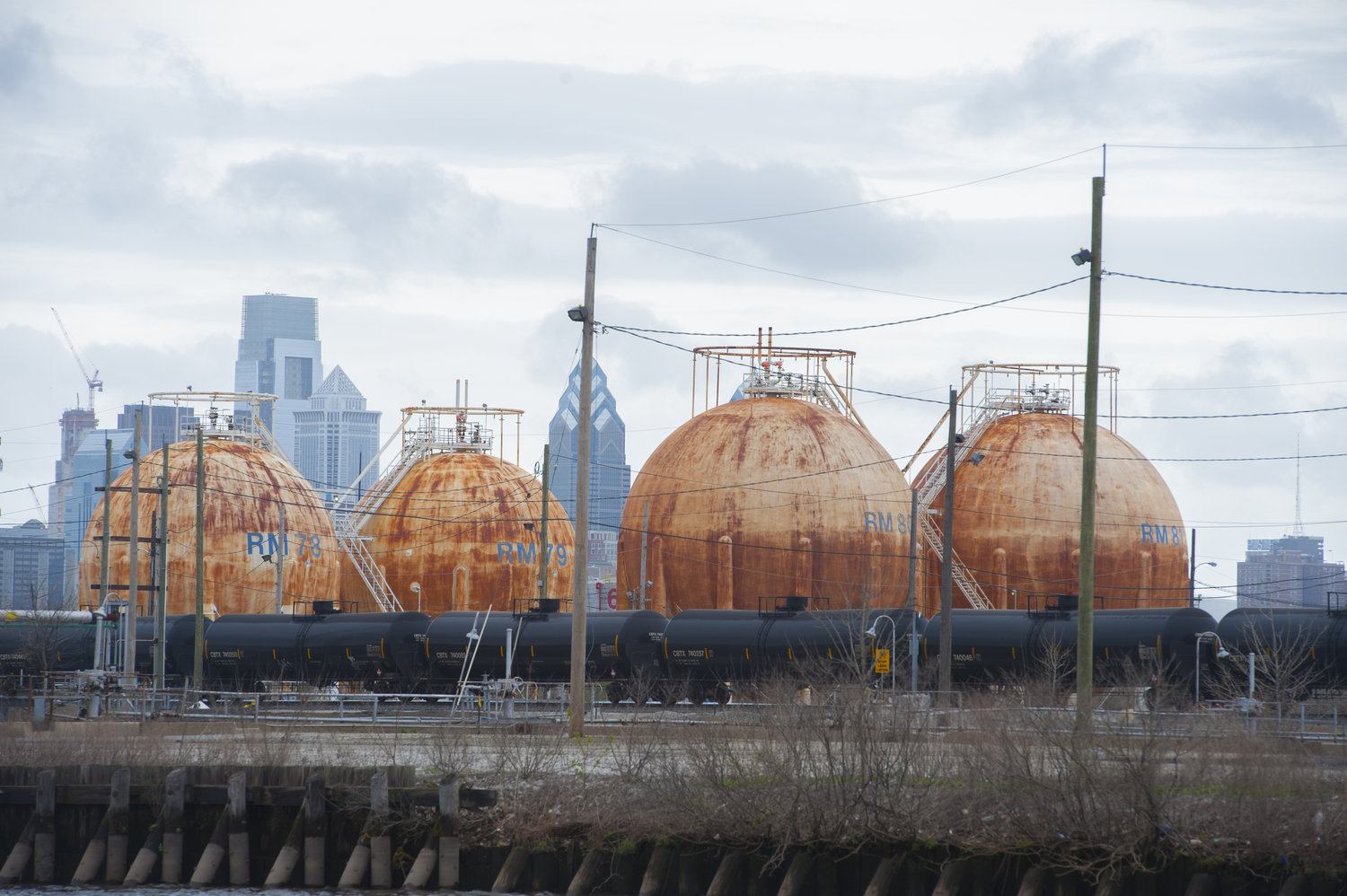
The Delaware River’s largest tributary, the Schuylkill River is subject to multiple histories, ecologies, infrastructures, and communities. The LSR and its watershed host an oil port and a refinery complex, as well as a wildlife refuge, tinicum marshlands, and many communities and neighborhoods. Yet the LSR and the communities that inhabit its watershed are not only vibrant; they are also subject to a number of vulnerabilities, some difficult to see. In the past year, the Penn Program in Environmental Humanities (PPEH) and our collaborators have created, collected, and analyzed different kinds of data with the aim of illuminating the LSR’s histories, ecologies, and inhabitants.
Various kinds of information, embodied knowledges, and individual as well as collective memories emerge from and are inscribed on and by the LSR. This landscape contains different kinds of data, including many that are hard to see with the human eye and others which span centuries or millennia. To create an archive of the LSR involves the translation of the spatialities and temporalities of the river itself into discrete and specific kinds of data. How might the LSR become more visible if these multiple data sets are brought into dialogue? How might the incommensurable temporalities of biological, material, and social networks find space in a single river archive? The promise and problem of in/commensurability are posed as questions explored by this mobile installation in open-ended conversations with multiple publics.
We consider the scientific and aesthetic impulses of witnessing the LSR, both their purpose and possibilities. What are we accomplishing by measuring and gathering data, by dating and historicizing the LSR, and by envisioning the LSR anew? What kind of possibilities and pleasure might our activities afford?
If an archive gathers heterogenous forms, media, and data, what then provides the linkages between fluvial archival materials measured and sensed along varying timescales? In short, we are asking: How do we archive a river? How does the river function as an archive? Are dates useful? Which kinds of data are useful? How do they become meaningful? What might they mean to you?
THE INSTALLATION
With these questions in mind, the installation is organized under four different modalities that serve as archival experiments: Sensing Rivers, Hearing Rivers, Witnessing Rivers, and Digital Rivers. Specifically, we share some of the results of several ongoing PPEH-affiliated projects including 2015-16 artist-in-residence Mary Mattingly’s WetLand (Sensing Rivers), the Eastwick Oral History Project (Hearing Rivers), the Lower Schuylkill River Corps and its River Research Seminar (Witnessing Rivers), and our public collaboration to generate an archive for this river that can be so hard to see (Digital Rivers).
We are cautious and conscious of the possible limitations of exploring these expansive questions about the in/commensurability of data around a single geographic location. For instance, must our data and dates be geographically pinned and tagged in order for us to have a common language across media and temporalities? How can we prevent geotagging, or the archiving of a particular, single location, from rendering the multiplicities of the LSR as monolithic? The challenge and goal of the installation is thus to knit these works and projects around the LSR together while emphasizing the diversity and difference of the data/dates that we document, describe, and display.
This mobile installation was open to the public for one week in October 2016 at Van Pelt Library’s Kislak Center for Special Collections, Rare Books, and Manuscripts, part of a bundle of programming and events--a three-day conference, performances, and a semester-long film series--all designed to engage the university and visitors to the campus. Although the installation grew specifically out of the Timescales conference, it is meant to be mobile. In other words, we intend for DATE/UM to be downloaded, transferred, accessed, and displayed to diverse publics. Thus, the majority of the installation is digital so that it can be easily and cost-effectively exhibited and viewed in various kinds of contexts. Please let us know if you would like to install it.
Date/um was first installed from October 20-26, 2016 at the Kislak Center for Special Collections, Rare Books and Manuscripts, and you may download its program here. Date/um was expanded and exhibited for the second time at the Annenberg Center for Performing Arts from January January 11-February 9, 2017. A third installation is planned at WHYY in March and then later in the spring at Bartram's Garden. Let us know if you'd like to install it in your community center or other location.
Scroll down for a virtual tour of the mobile archival experiment.
DATE/UM CONTRIBUTORS
Lead Curator: Patricia Eunji Kim
Curatorial Team: Laurie Allen, Gerardo Cedillo-Servin, Pete DeCarlo, Bethany Wiggin
Artists and Projects:
Mary Mattingly, “WetLand” 2014-
Mason Rosenthal, “Bartram’s Robot,” 2016
Eastwick Oral History Project, 2016-
Lower Schuylkill River Corps, 2016-
Peter DeCarlo, “Streaming Velocities,” 2016-
Phil Flynn, photography, 2016-
Danielle Toronyi, “Peak Discharge,” 2017-
For more information about our featured artists and projects, please click here.
Design: William Roy Hodgson
Editing: Christopher Vandegrift, Jeff Nagle
Acknowledgments:
Kislak Center for Special Collections, Rare Books and Manuscripts, Vitale Media Lab, Penn Libraries, Penn Museum, Penn Annenberg Center for the Performing Arts, Brooke Sietinsons and the Penn Arts & Culture Initiative, Dean’s Office of the School of Arts & Sciences at Penn, Bartram’s Garden, Eastwick Friends and Neighbors Coalition
THE RIVER GUIDE
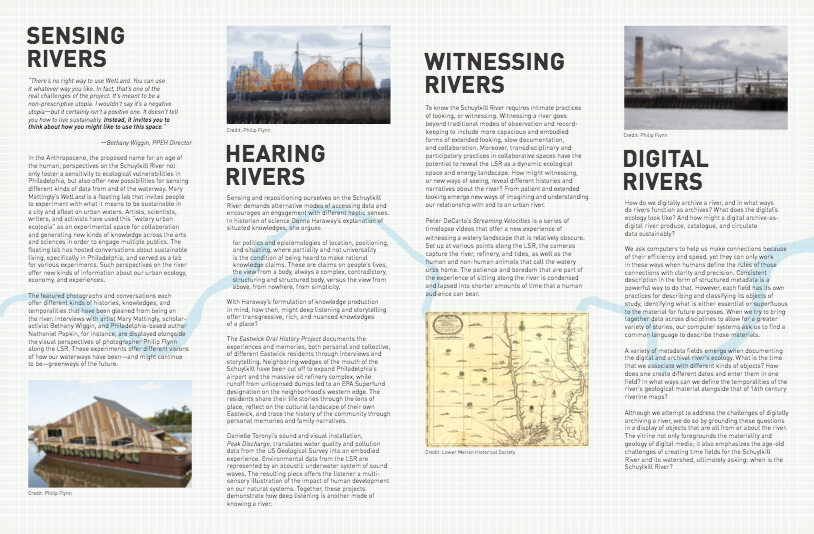
THE VIRTUAL INSTALLATION
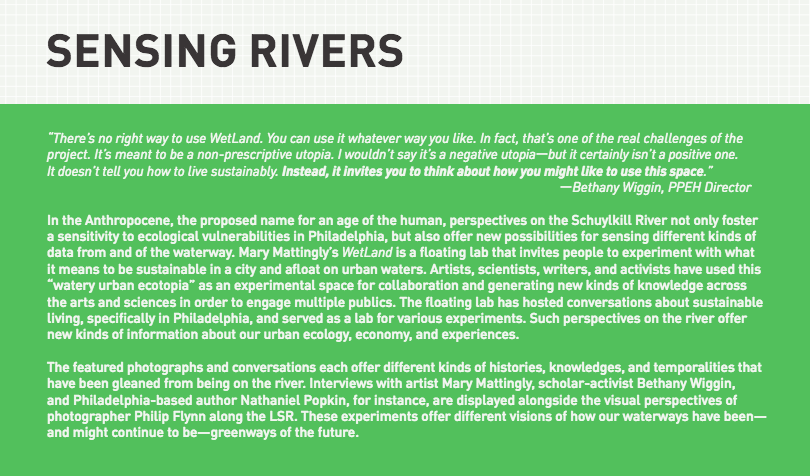
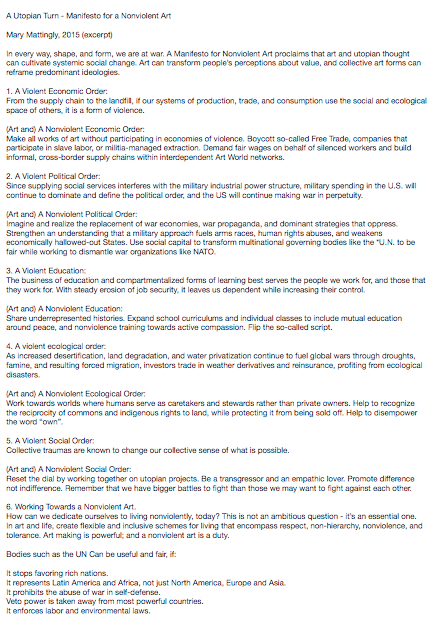
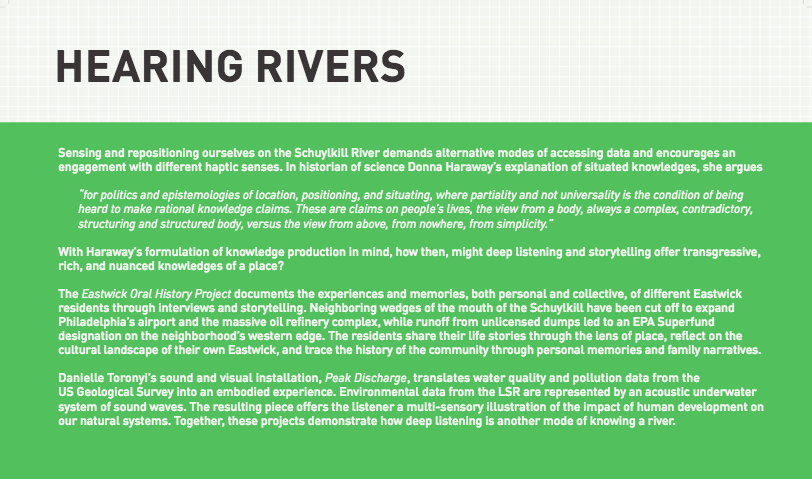
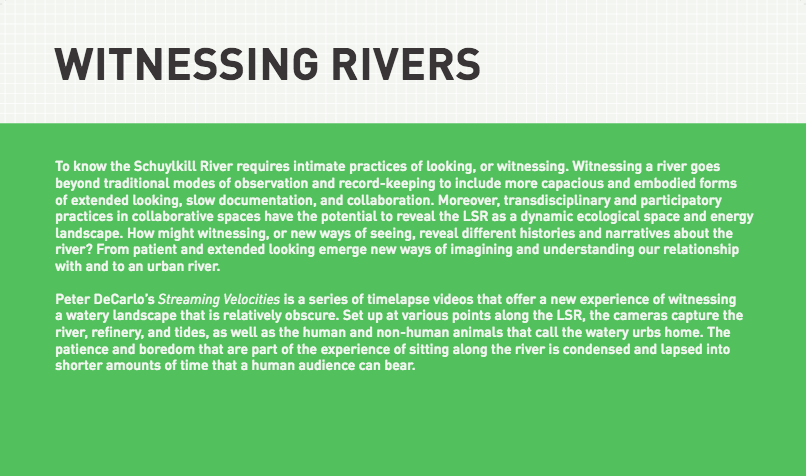
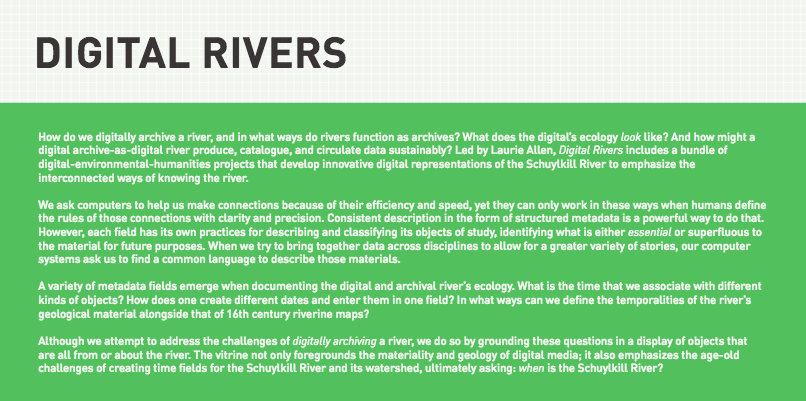
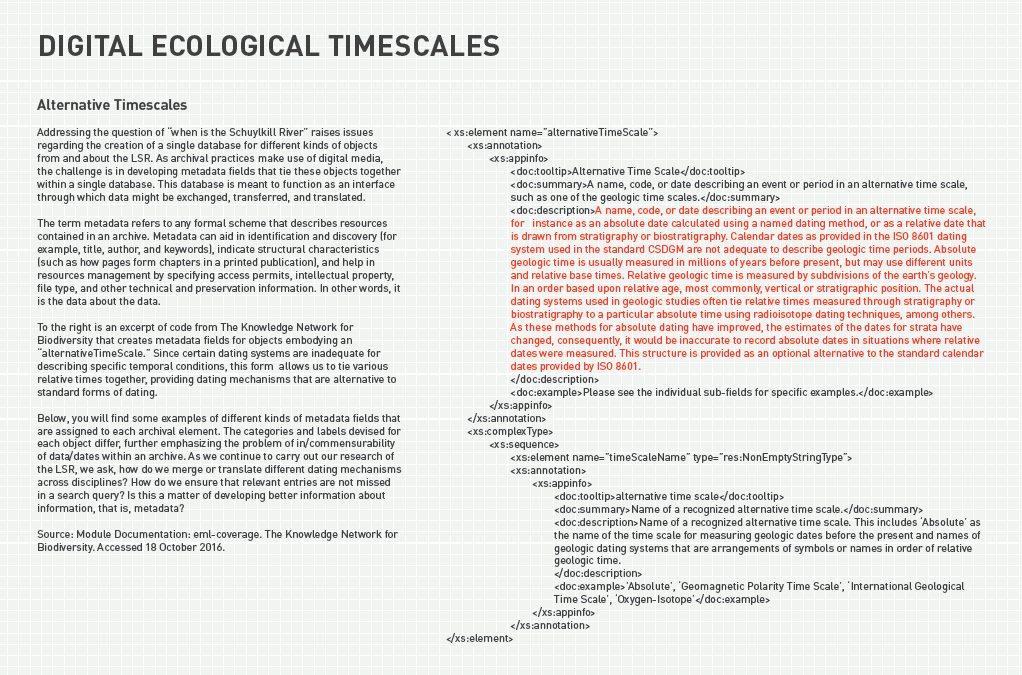
DATEUM IN THE PRESS
"Art installation interprets water pollution with sound," Susan Phillips, StateImpactPA NPR, January 17, 2017.
"Art and data marry to illuminate stories of life on the Schuylkill River," Patricia E. Kim, NewsWorks, March 3, 2017.
